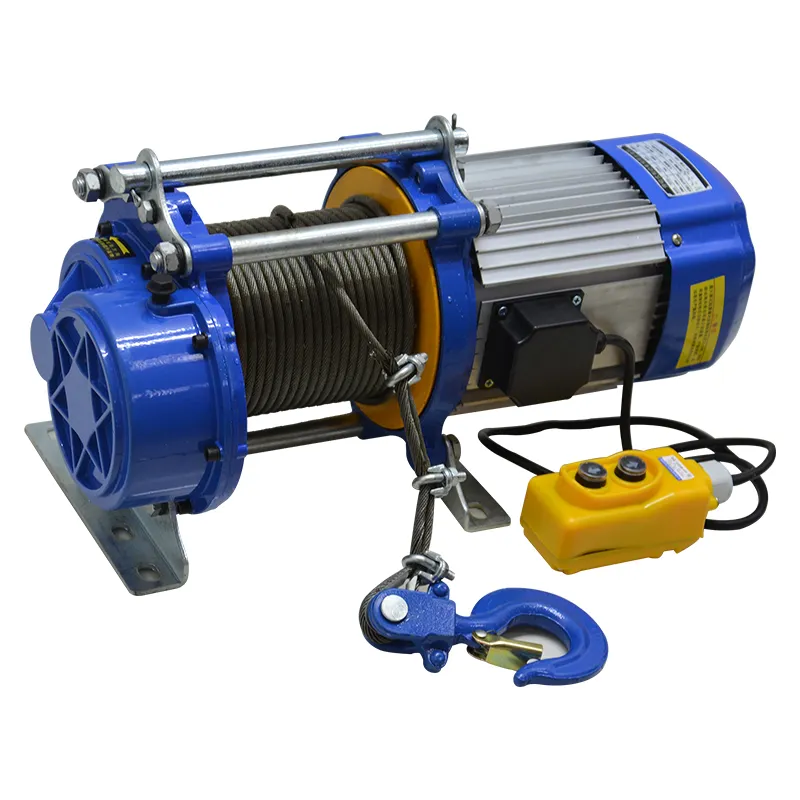


The Importance of Self-Locking Lifelines in Safety Equipment
In the world of safety equipment, particularly in industries involving heights or hazardous environments, the concept of self-locking lifelines has emerged as an essential component of worker safety systems. These innovative safety devices play a critical role in preventing falls and ensuring that individuals can perform their tasks effectively while minimizing risks.
A self-locking lifeline is a type of fall protection that automatically locks when a user falls or experiences a sudden change in movement. This feature is particularly valuable because it eliminates the need for manual adjustments and allows the user to focus on their work rather than worrying about potential accidents. The self-locking mechanism acts quickly, engaging the safety line and stopping the user from falling more than a few inches. This quick response time significantly reduces the chances of serious injuries or fatalities.
One of the key benefits of self-locking lifelines is their versatility. They can be used in various applications, from construction sites and industrial facilities to rescue operations and maintenance tasks. Workers in these environments often face numerous hazards, including the risk of falling from heights or slipping in unstable conditions. Self-locking lifelines provide a reliable safety net that allows these workers to perform their jobs confidently without compromising their safety.

The design and functionality of self-locking lifelines have evolved considerably over the years. Modern devices utilize advanced materials and engineering techniques to enhance durability and reliability. Many lifelines are made from high-strength materials, such as synthetic fibers or steel, which can withstand extreme conditions and heavy loads. Additionally, some systems offer features like shock absorption, which further minimizes impact forces on the user during a fall.
Training and education also play a crucial role in the effectiveness of self-locking lifelines. Workers must understand how to use these devices properly and recognize the importance of regular inspections. Safety programs should be implemented that emphasize the correct usage of lifelines, provide hands-on training, and clarify the legal and regulatory requirements related to fall protection. By ensuring that workers are well-informed about the functionality and limitations of self-locking lifelines, employers can significantly reduce the likelihood of accidents.
However, despite their advantages, self-locking lifelines should not be viewed as a standalone solution. Workers must also employ a comprehensive approach to safety that includes other protective measures, such as harnesses, guardrails, and appropriate personal protective equipment (PPE). Ensuring a holistic safety culture that prioritizes ongoing assessment of risks is critical. Regular maintenance and replacement of aging safety equipment are equally vital to guarantee the highest level of protection for workers.
In conclusion, self-locking lifelines are an indispensable element of modern safety equipment in various industrial applications. Their automatic locking mechanism significantly reduces the risk of falls, providing workers with greater assurance as they carry out their duties. As the industry continues to push for enhanced safety measures, the integration of self-locking lifelines alongside comprehensive safety practices will undoubtedly contribute to preventing accidents and saving lives. The ongoing commitment to safety, education, and innovation remains essential in safeguarding those who work in dangerous environments, ensuring that every worker can return home safely at the end of the day.



